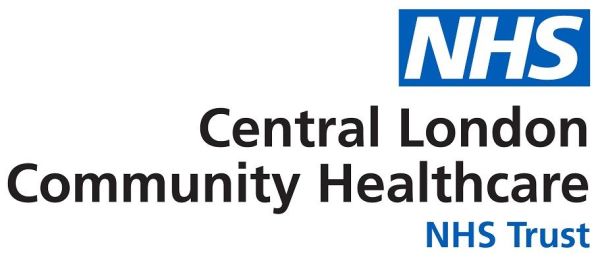Generally seen in those aged over 65 years as part of the normal aging process. However the signs of normal ageing do not predict the presence of symptoms.
Symptoms
- Stiffness on neck movements and restriction, particularly on turning or looking upwards
- Pain, particularly at night and difficulty finding a comfortable position
- Difficulty looking over shoulder when driving
- Grinding, grating or clicking noises from the neck
